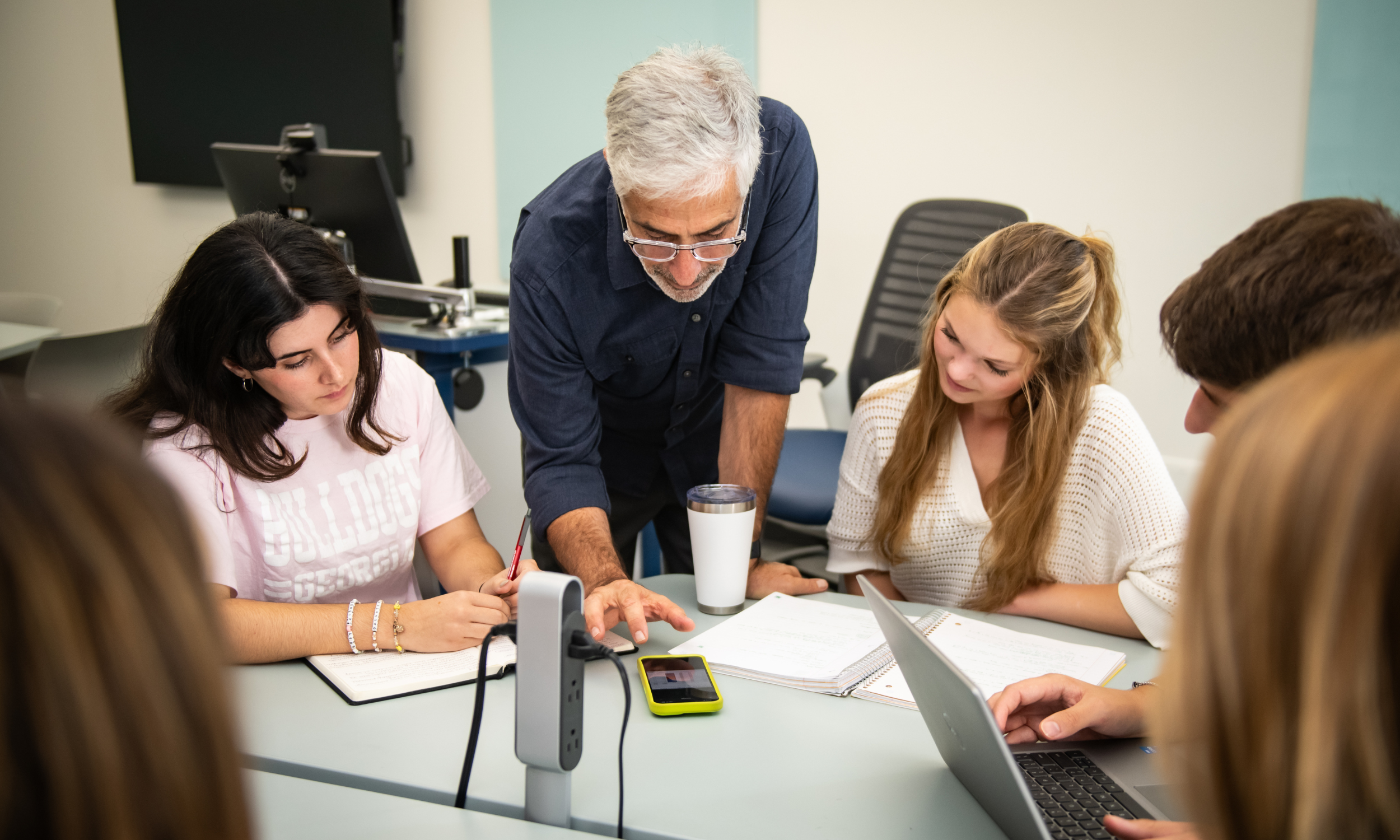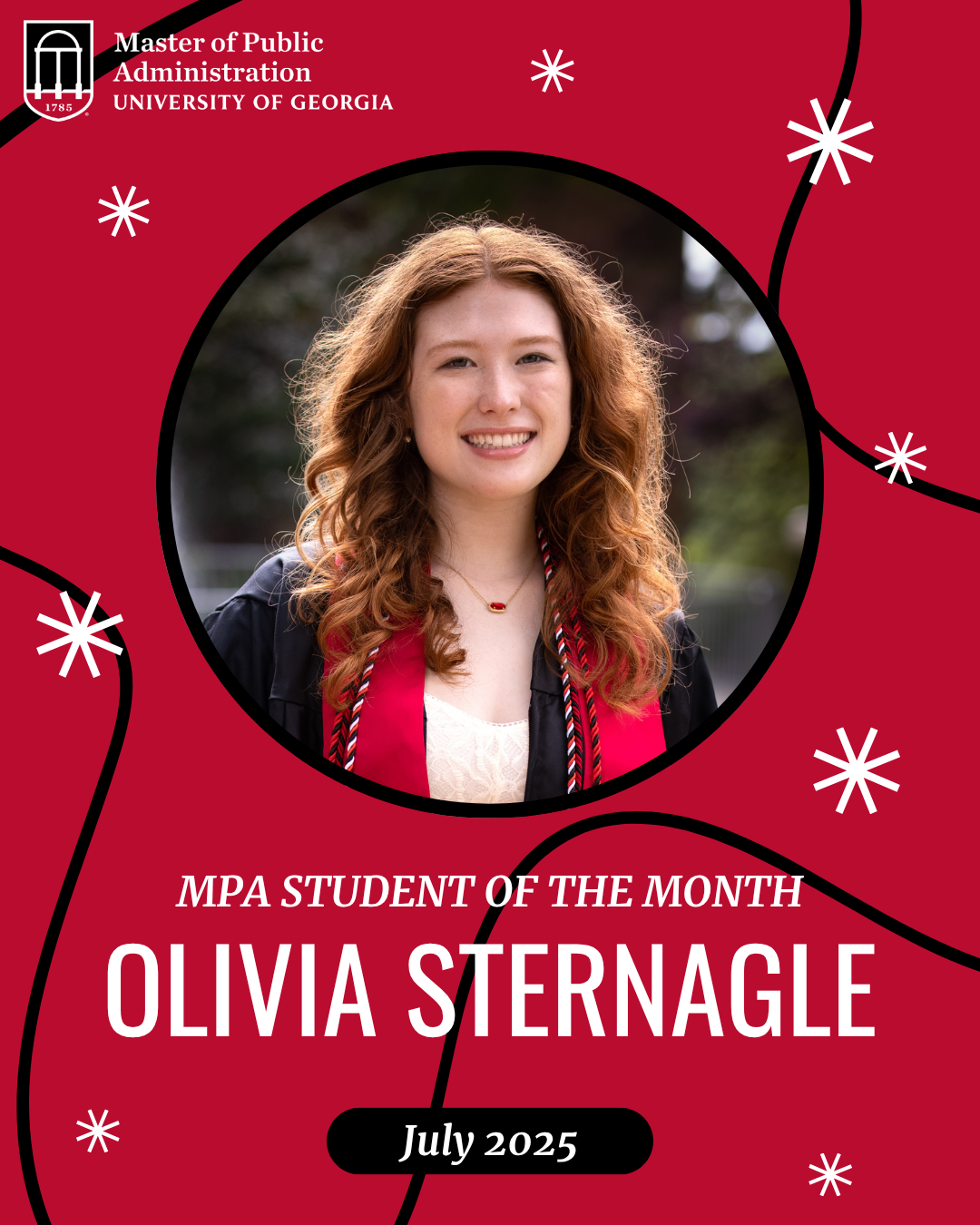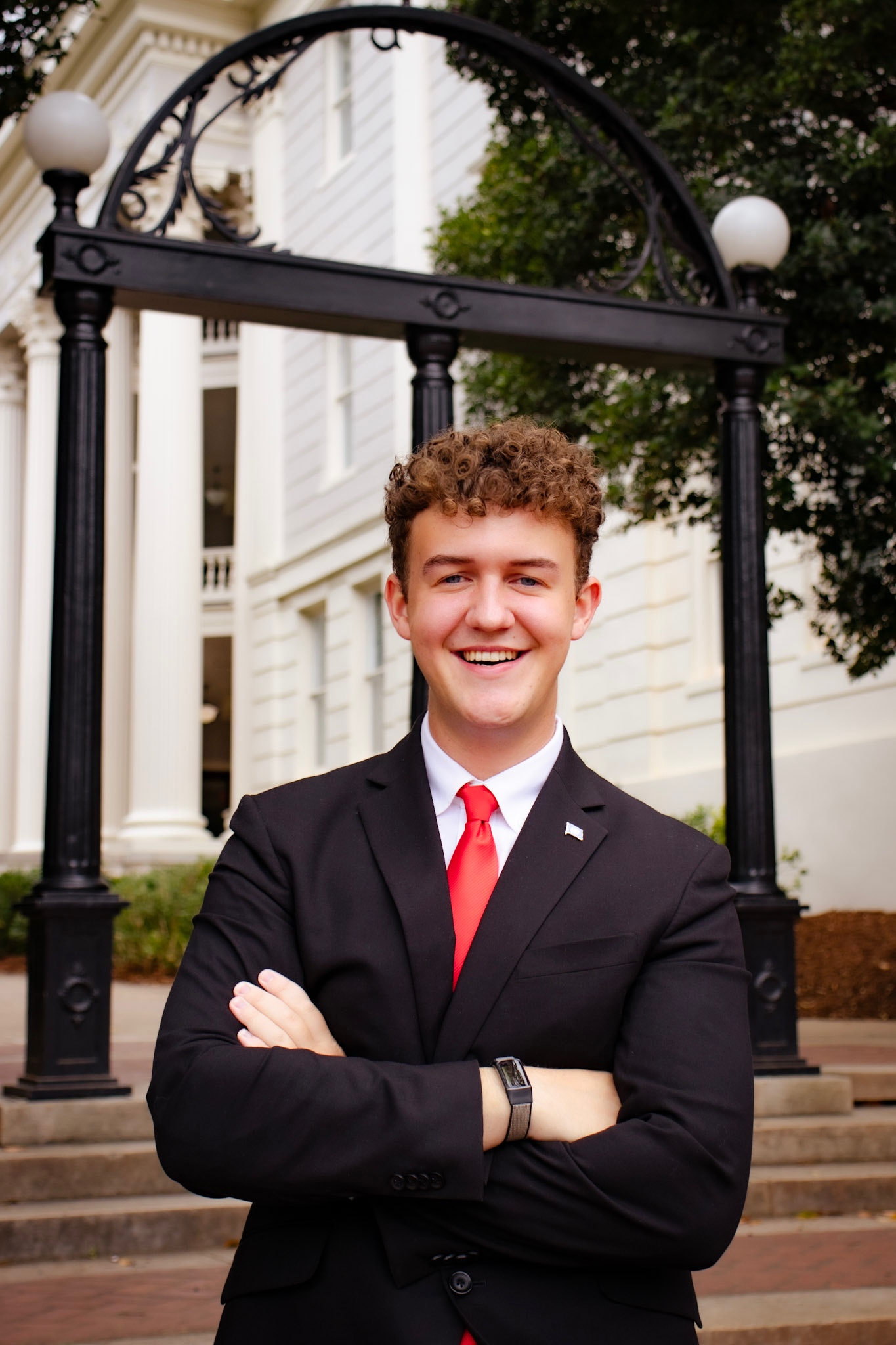
By: Rachael Andrews
Dr. Matthew R. Auer, Dean of the School of Public and International Affairs, recently investigated COVID-19’s impacts on environmental organizations. His article, titled, “Covid-19 Crisis Communications: The Challenge for Environmental Organizations,” can be seen in an upcoming edition of Environmental Science and Policy.
Can you explain the general overview of your article?
The COVID-19 pandemic has caused all manner of disruption to our lives and to the economy. Back in the winter and spring of 2020, many organizations had to “pivot” in order to continue their operations. This article considers how organizations, particularly environmental organizations, craft their communications during global-scale crises like COVID-19. I argue that in an “age of pandemics,” the typical crisis communications recipes are not especially helpful because they tend to focus on short-lived, enterprise-specific emergencies, like industrial accidents or consumer safety crises. In the Covid case, I consider how environmental organizations navigated the early stages of the COVID-19 crisis through their organizational crisis communications, and I grade those efforts using a “pandemic-ready” crisis communications framework I developed.
Why did you focus on environmental organizations during the COVID crisis, and how do the challenges that environmental organizations face differ from other organizations?
As is true for many organizations, it is important for environmental organizations (EOs) to be adept communicators because they depend on their subscribers, grantors, and donors. But the all-consuming quality of a crisis like COVID-19 leaves many EOs at risk because their missions may not seem very relevant to the crisis at hand. There is a risk that the primary organizational mission – let’s say, to protect wildlife – is swamped by the urgency of the pandemic. On closer inspection, however, the crisis presents an opportunity. (In fact, the Mandarin characters for “crisis” literally mean “dangerous opportunity”): in many cases, EOs can and must align their missions with the crisis at hand. This is exactly what I found in the data I collected: organizations quickly articulated how their major priorities were relevant to pandemic response. For example, a wildlife organization might point out that the novel coronavirus is a zoonotic disease caused by a pathogen that jumps from animals to people. Risks from zoonotic diseases are exacerbated by habitat destruction and more frequent encounters between wildlife and people. The message is: Stop destroying wildlife habitat and you reduce the risk of pandemics.
What is the central question of your piece and how did you seek to answer that question?
The key question is to consider how, if at all, the complex challenge of COVID-19 or other global pandemics might require rewriting the crisis communications playbook. The conventional wisdom tells us that the crisis communicator needs to evince competence and steady leadership, empathy (for people affected by the crisis), and a commitment to moving the organization forward. I propose that these are necessary but insufficient criteria for pandemic crisis communications. It’s important for organizations, including environmental organizations, to articulate their relevance to the problem at hand and to quickly show how the work of the organization has a direct impact on the problem. If everyone is preoccupied with the crisis – true of the COVID-19 context – the organization needs to explain how they are contributing to problem-solving, or risk becoming irrelevant.
COVID-19 has highlighted many already-existing inefficiencies and inequalities in governments and organizations. Based on your research, what are the main lessons that organizations can learn from the COVID-19 crisis?
Indeed, the unequal effects of COVID on different parts of our citizenry, and in particular, for economically-disadvantaged people and under-represented groups – is a really important problem-solving entry point for environmental organizations. We see this in communications by organizations such as the Natural Resources Defense Council. NRDC has defined COVID-19 as an environmental justice problem. If you’ve lost a job due to COVID, and if you are economically vulnerable, it’s not that easy to afford PPE and cleaning supplies and healthy food. NRDC and other organizations have lobbied Congress and the White House to channel COVID relief “to people, and not to polluters,” and they have made similar pitches that align the organizations’ traditional priorities with the urgency of the pandemic.
Where would you like to see this type of research go next? What are the next steps?
Time will tell if, in fact, we are entering an age of pandemics. If that’s the case, then, not only will communications strategies need to change, organizational missions and major activities of these organizations may need to change, too. If pandemic prevention, preparation, and response become the overarching policy priorities of governments – this will force many organizations to reimagine what role they play in promoting public wellbeing. There will be a great many more pandemic-related relief and response organizations in our midst.








